Using human power with hoes, shovels, crowbars, our soldiers leveled forests, cleared mountains to open roads and used human power to pull artillery into the battlefield - that was a miracle. Then, that miracle was carved into the Monument of Manual Artillery Road (located in Na Nhan commune, Dien Bien district) located on the right bank of the Nam Rom river. The monument recreates the image of artillery soldiers with "golden livers, iron hearts" holding tightly to the winch, their feet rooted to the ground as they pulled artillery over high mountains, dense forests, and deep ravines into the battlefield during the Dien Bien Phu Campaign. 70 years have passed, and the artillery road of the past has become a legendary road.
 The monument of the hand-pulled artillery track is located in Na Nhan commune, Dien Bien district (Dien Bien province) and is located on the right bank of the Nam Rom river, majestically carved into the mountain, imprinted on the blue sky of the homeland and country.
The monument of the hand-pulled artillery track is located in Na Nhan commune, Dien Bien district (Dien Bien province) and is located on the right bank of the Nam Rom river, majestically carved into the mountain, imprinted on the blue sky of the homeland and country.
In May, Dien Bien soldier Pham Duc Cu, of the 367th Anti-Aircraft Artillery Regiment, 351st Division - who contributed blood and sweat to create the legendary artillery track in the Dien Bien Phu Campaign 70 years ago, visited the old vestiges with us. That is the relic cluster of the artillery track pulled by hand by our soldiers. Although he is over 90 years old, Mr. Cu still remembers clearly the milestones of the Dien Bien Phu Campaign. He said: “In late December 1953, the Politburo decided to choose Dien Bien Phu as the strategic decisive battle point in the 1953-1954 Winter-Spring Campaign. On December 20, 1953, the 351st Division Command and the 105mm Howitzer and Anti-Aircraft Artillery Regiments received the order to march. After a day of urgent preparation, both units set off for battle. Our unit set out from the mountains and forests of Phu Tho to Dien Bien Phu.” In the book “Dien Bien Phu, the historical rendezvous”, General Vo Nguyen Giap recalled: “I directly assigned the task to the regiment, the heavy artillery going into battle for the first time will encounter many great difficulties. In the immediate future, we must ensure safety and absolute secrecy during the march. If we can bring people, vehicles, and artillery to their destination safely, we will achieve 60% of victory... The appearance of artillery and anti-aircraft guns will create a great surprise for the French army on the Dien Bien Phu battlefield”.
After 11 days and nights of extraordinary efforts, our troops and youth volunteers did a miracle: opening the road for artillery trucks from Tuan Giao to Dien Bien Phu. The road was opened, and the artillery trucks crossed Pha Din Pass along the Tuan Giao - Dien Bien Phu route to a secret assembly point, about 15km from Dien Bien Phu. On January 14, 1954, at the Forward Command Post in Tham Pha Cave, the Party Committee and the Campaign Command held a conference for cadres to disseminate the plan to destroy the Dien Bien Phu stronghold. At the conference, the Party Committee and the Campaign Command concluded that, for now, we should prepare to apply the motto of "quick attack, quick victory", but if the enemy changed, we could also apply the motto of "steady attack, steady advance". To ensure secrecy, the Command decided to use manpower to pull the artillery from the assembly point to the battlefield over a distance of about 15km. The artillery road had to be completely opened. With the spirit of “opening the way to victory”, by human power, in just 20 hours our troops leveled the forest and mountains to complete the artillery road, running from the entrance of Na Nhan forest, over the 1,150 meter high Pha Song peak, down to Tau village, Dien Bien Phu - Lai Chau road, to Nghiu village. This is the only and unprecedented artillery road pulled by hand in the history of wars in the world.
The next task was to move howitzers and anti-aircraft guns into firing positions, assigned to the 351st and 312th Divisions, expected to be completed in 3 nights. Using human power to pull 2 to 3 tons of steel blocks to "overcome" high mountains, dense forests, and deep ravines was truly a miracle, beyond the imagination of the French army. In the French intelligence research report on the enemy's preparations for the war, there was a passage that said: "Opening the way to bring cannons to Dien Bien Phu was the work of Hercules". Of course, there was no Hercules, but only the spirit of solidarity, determination, and "determination to fight, determination to win" of the Vietnamese people that turned into great strength to bring cannons to the Dien Bien Phu battlefield. In the dark night, with a cliff on one side and a deep abyss on the other, the artillery soldiers with extraordinary determination brought each "giant" cannon over the Pha Song peak into the battlefield.
Coming to the monument of the hand-pulled artillery road, Mr. Cu could not help but be moved. The monument depicts the image of our soldiers pulling a 105mm artillery gun up a steep pass on the right bank of the Nam Rom River, majestically carved into the mountain, printed against the blue sky. Filled with emotion, Mr. Cu said: “At that time, the road was very narrow, and the rain made the artillery road even more slippery and muddy. At first, we all had shoes and sandals. However, within just one week of pulling the artillery, most of the soldiers' shoes and sandals were torn to shreds, their feet did not touch the ground, their hands firmly held the winch rope, determined to pull the artillery into the battlefield. The 2.4-ton artillery gun was pulled up and then held down, after each command one - two - three! it only moved 20 to 30cm".
But after 7 days and nights of hardship, the artillery still had not reached the battlefield, so the scheduled firing time on January 20, 1954 had to be postponed for 5 days. At this time, the Campaign Command had moved from Tham Pua cave to Huoi He cave, Na Tau village. Here, after considering the situation to ensure the strategy of "fighting for sure victory", General Vo Nguyen Giap changed the combat plan from "fighting fast, winning fast" to "fighting firmly, advancing firmly" and ordered the artillery to be pulled out of the battlefield. Pulling the artillery into the battlefield was difficult, but taking the artillery out was even more difficult. Starting from the evening of January 25, 1954, the pulling of the artillery out of the battlefields in Nghiu, Tau, Na Ten, and Na Hy villages began. At this time, our artillery pulling route was now exposed, and planes and artillery bombed and shelled suspicious areas day and night. Determined not to leave the cannon, the soldiers with “golden livers and iron hearts” held on tightly to the winch rope, their feet rooted to the ground, gritting their teeth to hold the cannon. In that situation, the song “Ho keo phao” by musician Hoang Van was born, as if giving the soldiers more strength to overcome the dangerous moments.
On the way to pull the artillery, there appeared brave examples, selflessly protecting the artillery. Among them was the Chief of the Artillery To Vinh Dien, 367th Anti-Aircraft Artillery Regiment - a son of Thanh Hoa who sacrificed himself to save the artillery. Recalling the moments when his comrades disregarded danger to save the artillery years ago, the eyes of old soldier Pham Duc Cu were filled with tears. “That day was February 1, 1954, the night of the 29th day of the Lunar New Year, To Vinh Dien’s 827th Company pulled the last artillery piece out of the battlefield, to the narrow Chuoi slope, next to a high mountain with a deep ravine, with a steep section. It was drizzling, pitch-black, and enemy artillery shelled the artillery trail. A piece of artillery piece flew out and broke the winch, and the artillery plummeted down the slope. Determined not to let the artillery plummet into the abyss, To Vinh Dien used all his strength to control the steering wheel to bring the artillery piece to the positive slope. While struggling with the artillery piece, he shouted loudly, “We will save the artillery piece, we are not afraid of death!” The artillery piece jumped up and pulled him under. The 2.4-ton steel block pressed on his chest. Before he died, he still managed to ask his comrades, “Is the artillery piece okay, comrades?” His funeral was quietly held in the forest, because the campaign had not yet begun and had to be kept secret, so there was not a single incense stick lit on his grave, no gunshots to say goodbye to him.” - Mr. Cu recalled. His example of sacrifice gave the soldiers strength to pull the cannon out safely. On February 5, 1954, the last cannon was pulled back to the assembly location.
 The 105mm artillery position of Company 806, Regiment 45, Division 351 was secretly deployed on the mountainside of Na Loi village, Thanh Minh commune, Dien Bien city (Dien Bien province).
The 105mm artillery position of Company 806, Regiment 45, Division 351 was secretly deployed on the mountainside of Na Loi village, Thanh Minh commune, Dien Bien city (Dien Bien province).
To arrange the new positions, the Campaign Command decided to choose 6 artillery towing routes. After just over 20 days of intensive work, all six artillery maneuvering routes, 70km long, were completed. The construction of the artillery bunkers took a lot of effort. The artillery bunkers were located deep in the mountains, had their own firing and hiding bunkers, and were large enough for the gunners to operate easily during combat. On the night of March 11, 1954, all of our anti-aircraft artillery batteries, howitzers and other types of artillery entered and occupied the secret and safe positions and headed towards the Dien Bien Phu stronghold, blocking the sky of Muong Thanh.
Leaving the relic cluster of the hand-pulled artillery track, we went to Na Loi village, Thanh Minh commune - where there was a 105mm artillery position of Company 806, Regiment 45, Division 351. The artillery position was built in solid bunkers on the mountainside and ensured secrecy during combat. Here, at 13:00, March 13, 1954, the 1st battery of 105mm artillery was ordered to open fire, firing the first rounds of ammunition into the Him Lam resistance center, opening the Dien Bien Phu Campaign. The artillery attack lasting more than 30 minutes helped our infantry force rush to occupy the entire Him Lam resistance center, opening wide the "steel door" to the North.
During the Dien Bien Phu Campaign, H6 rocket artillery, 37mm anti-aircraft artillery, 75mm mountain artillery, 105mm heavy artillery, along with other types of firepower of the Vietnam People's Army rained down thunderbolts on the heads of French soldiers. From there, it created favorable conditions for our troops in many directions to attack and capture the strongholds and headquarters of the Dien Bien Phu stronghold. At exactly 5:30 p.m. on May 7, 1954, the "Determined to Fight - Determined to Win" flag fluttered on the roof of General De Catries' bunker, the Dien Bien Phu Campaign was completely victorious. When the war ended, the French prisoners of war passing through the roads to drag the artillery back to the concentration camp commented: "Just by being able to build these roads, you are enough to defeat us!"
Article and photos: Tran Thanh
Source


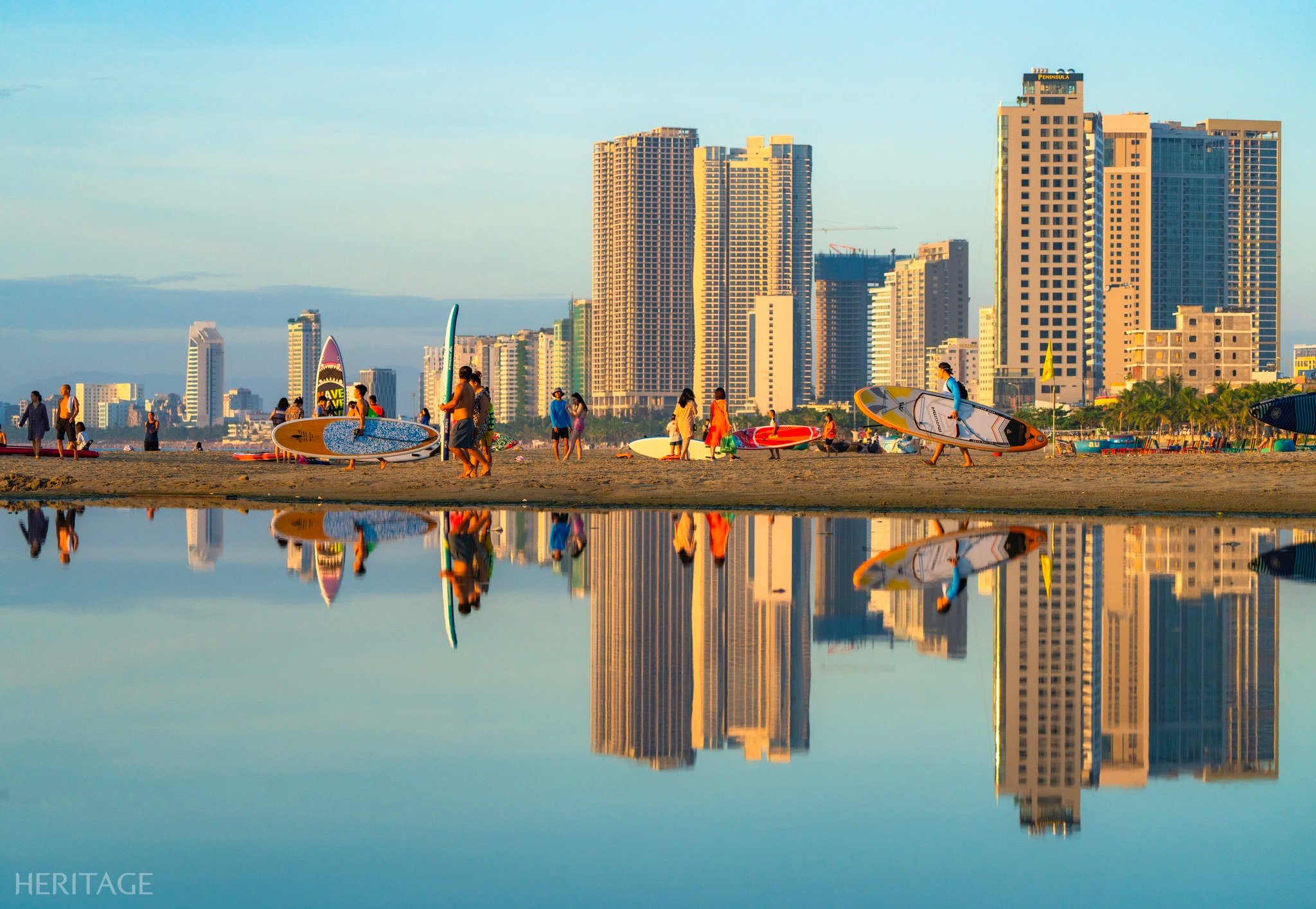







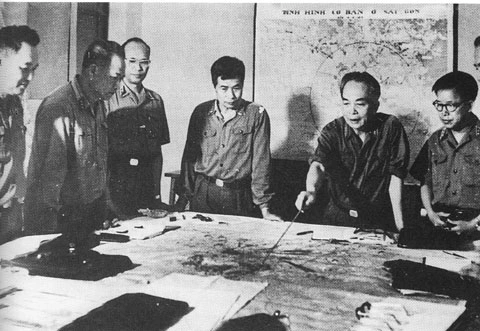

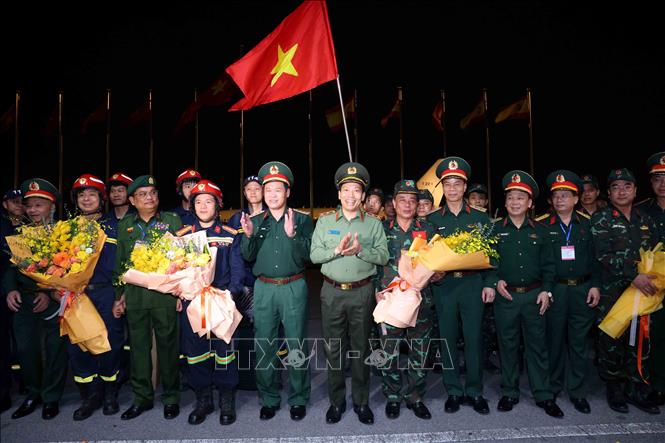
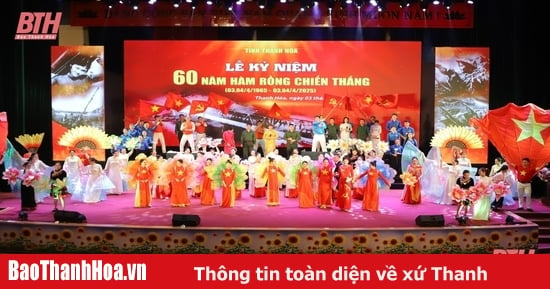
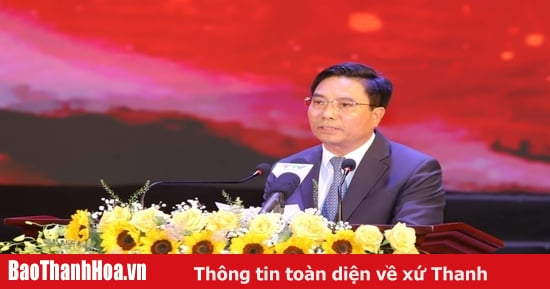
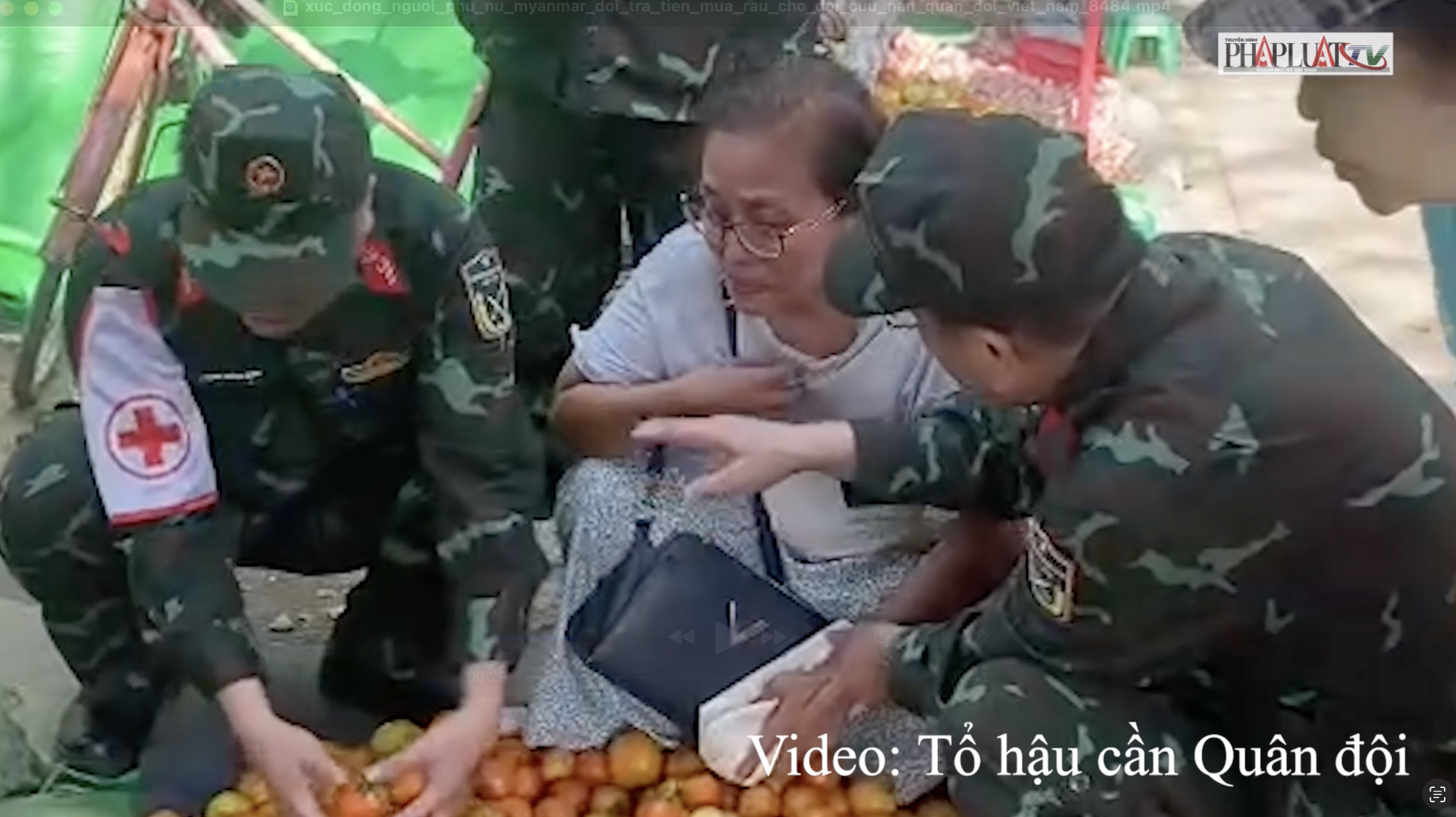

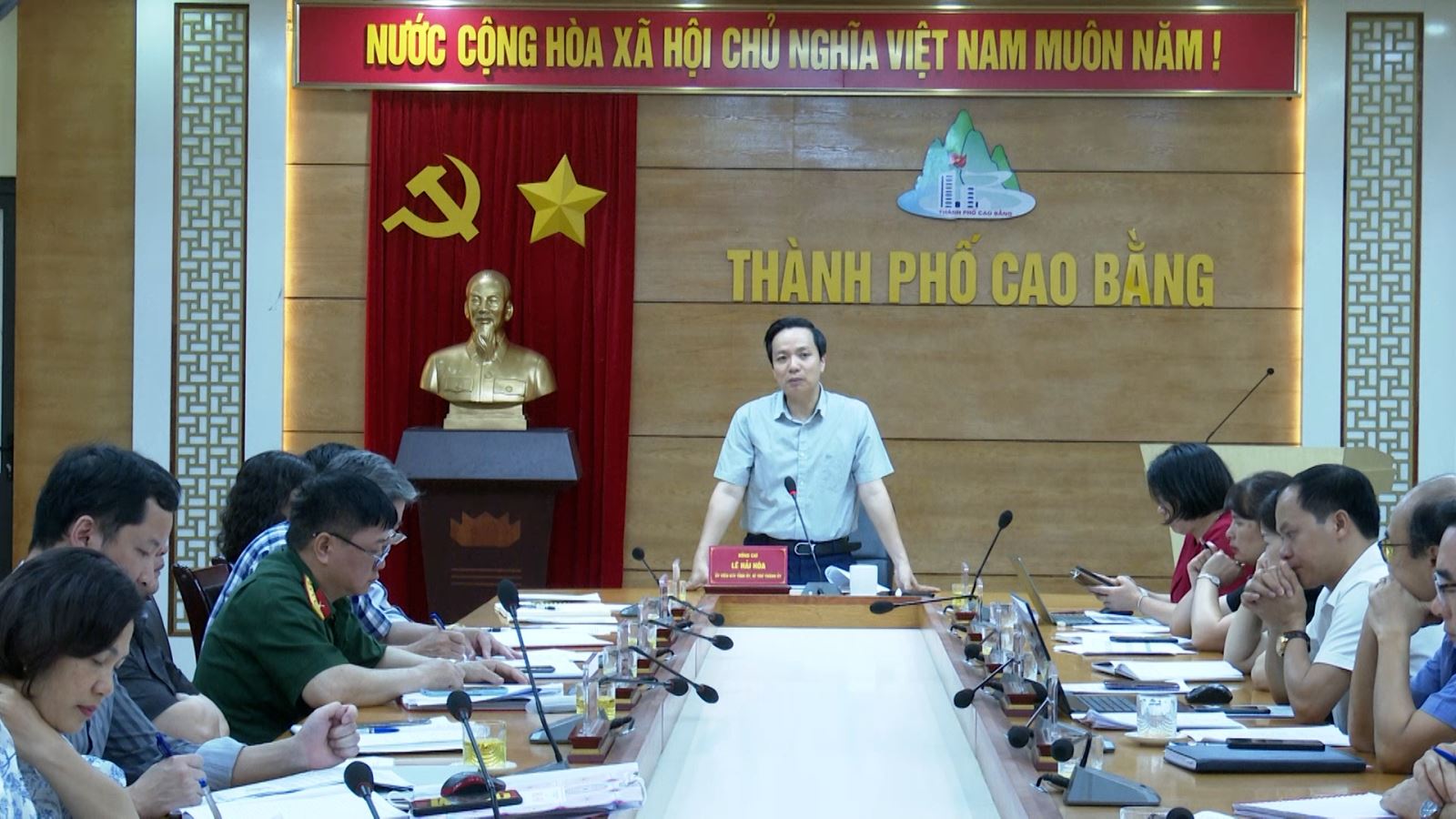
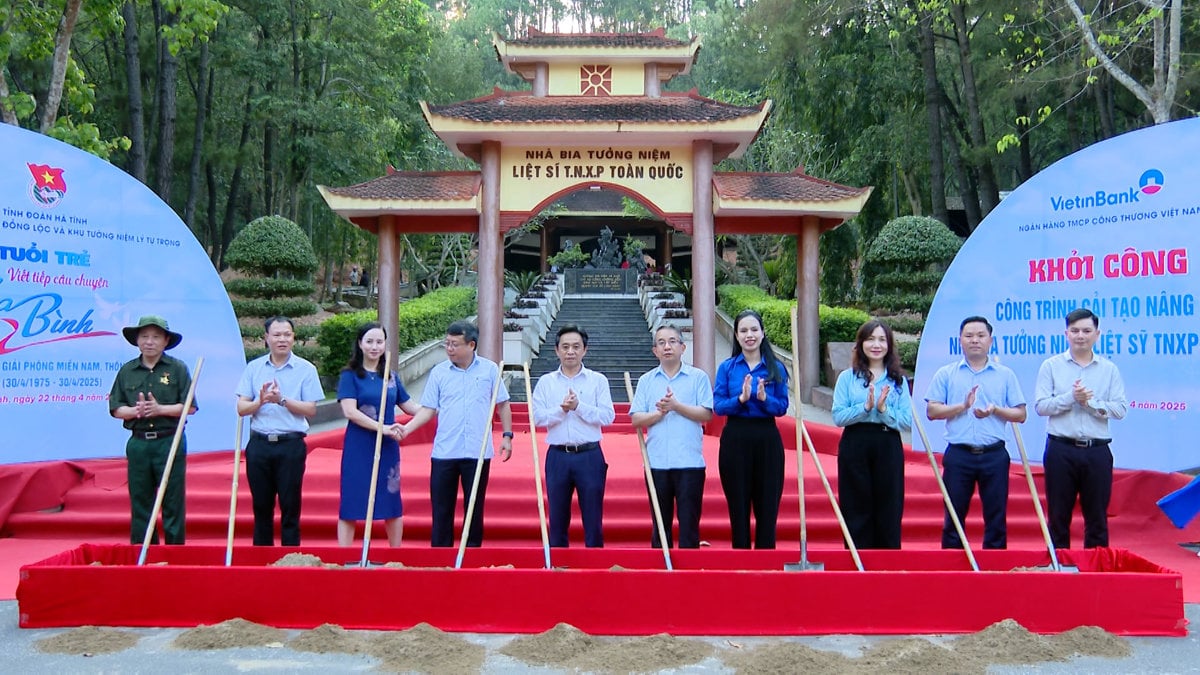
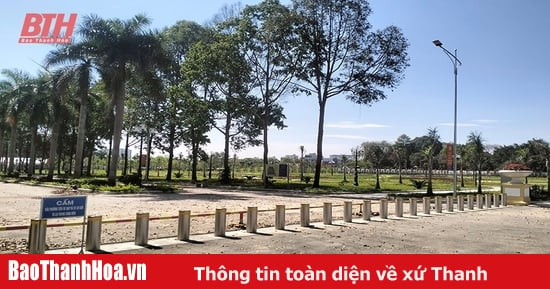
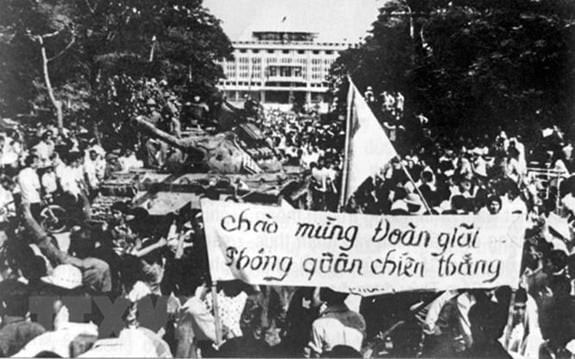
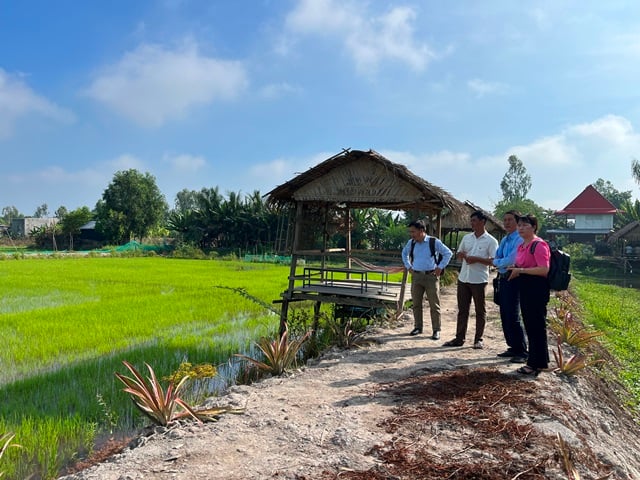
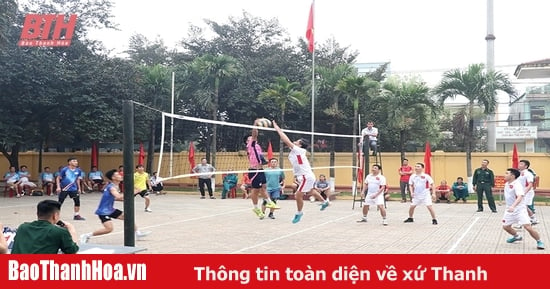
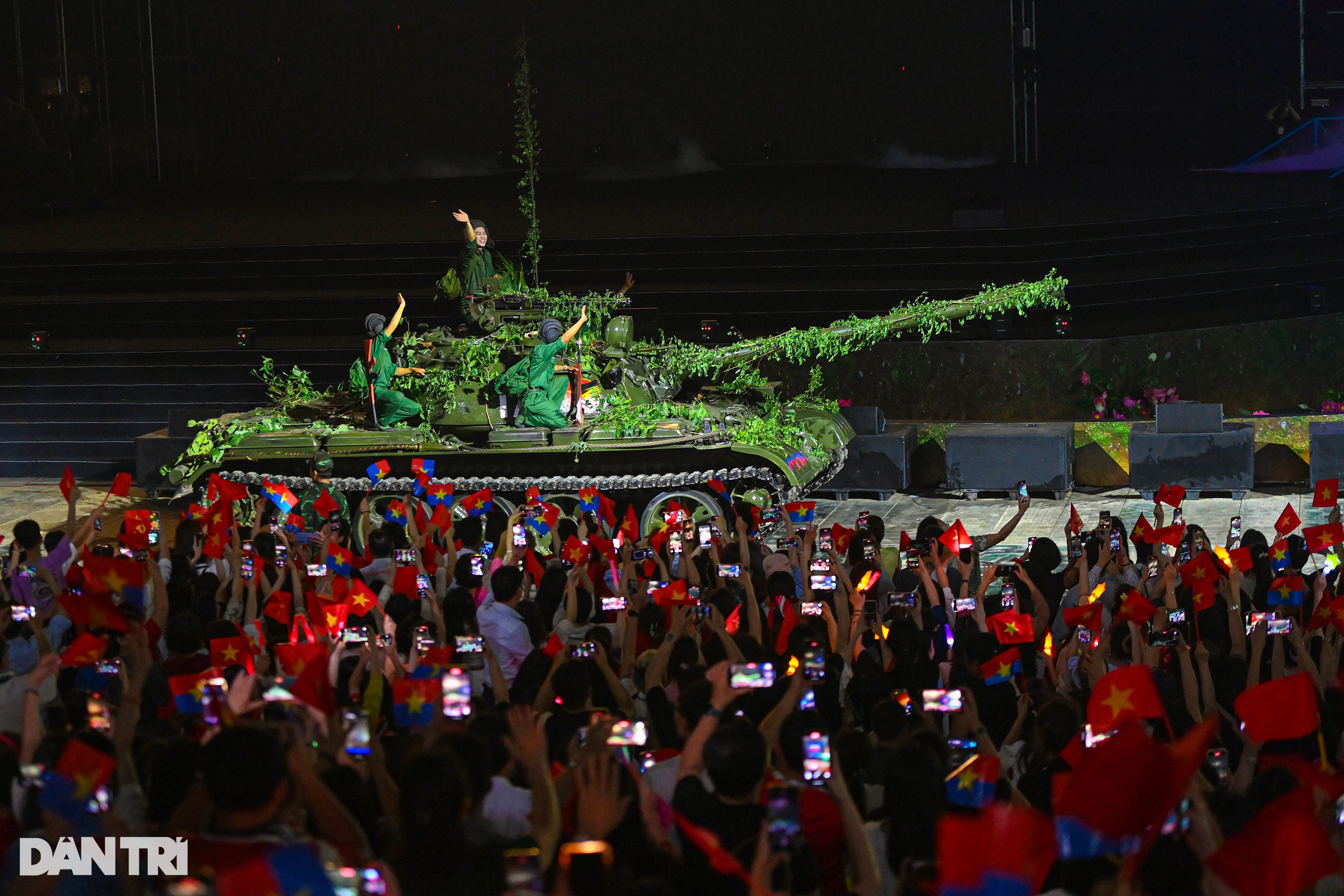
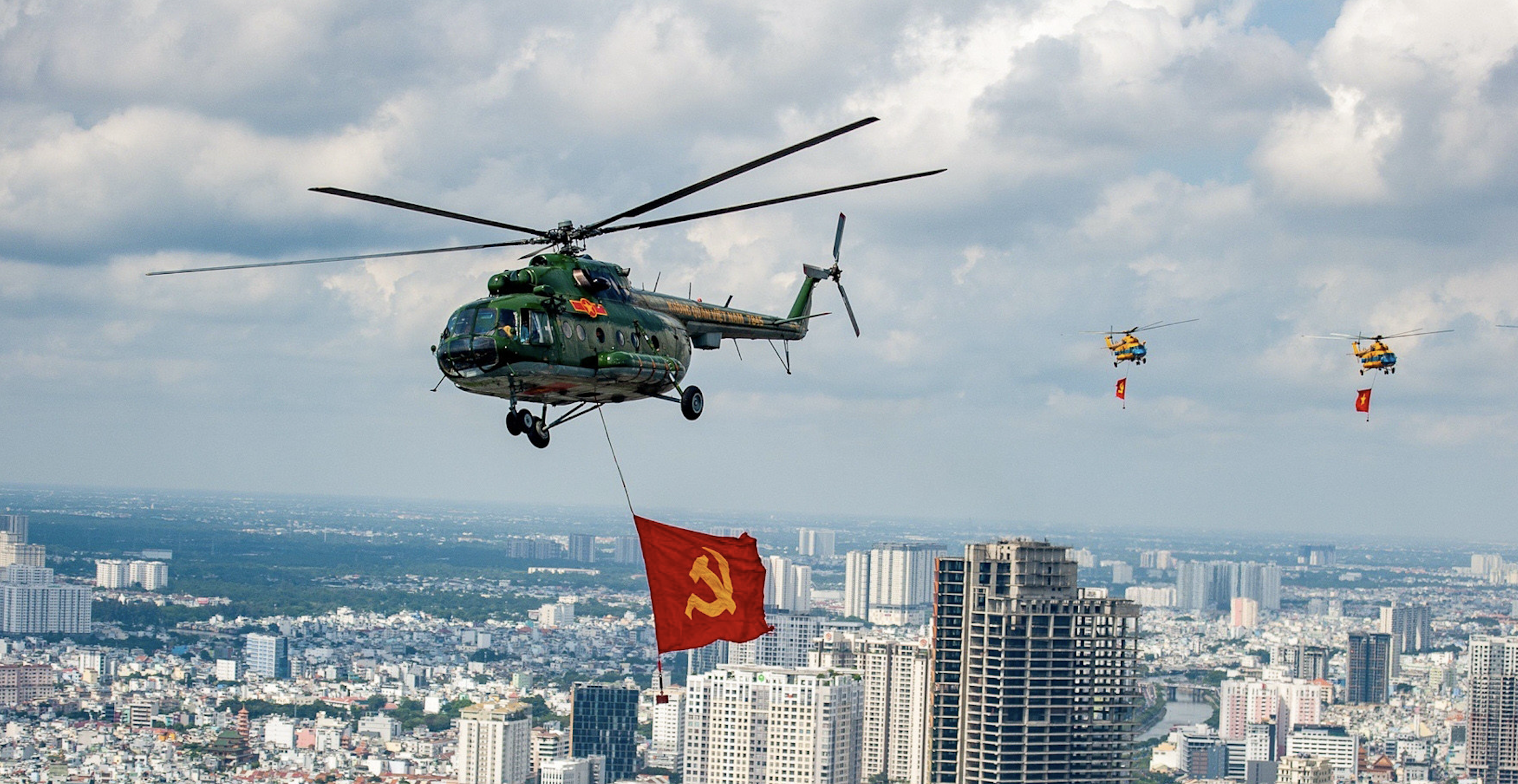

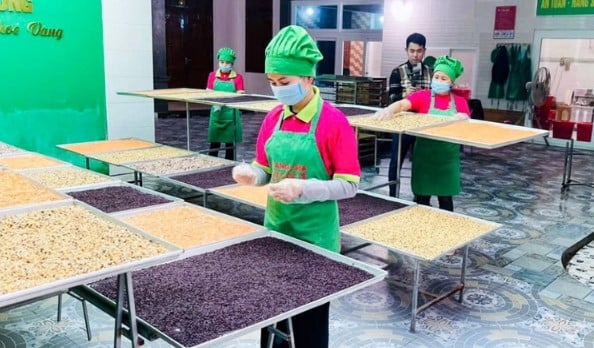

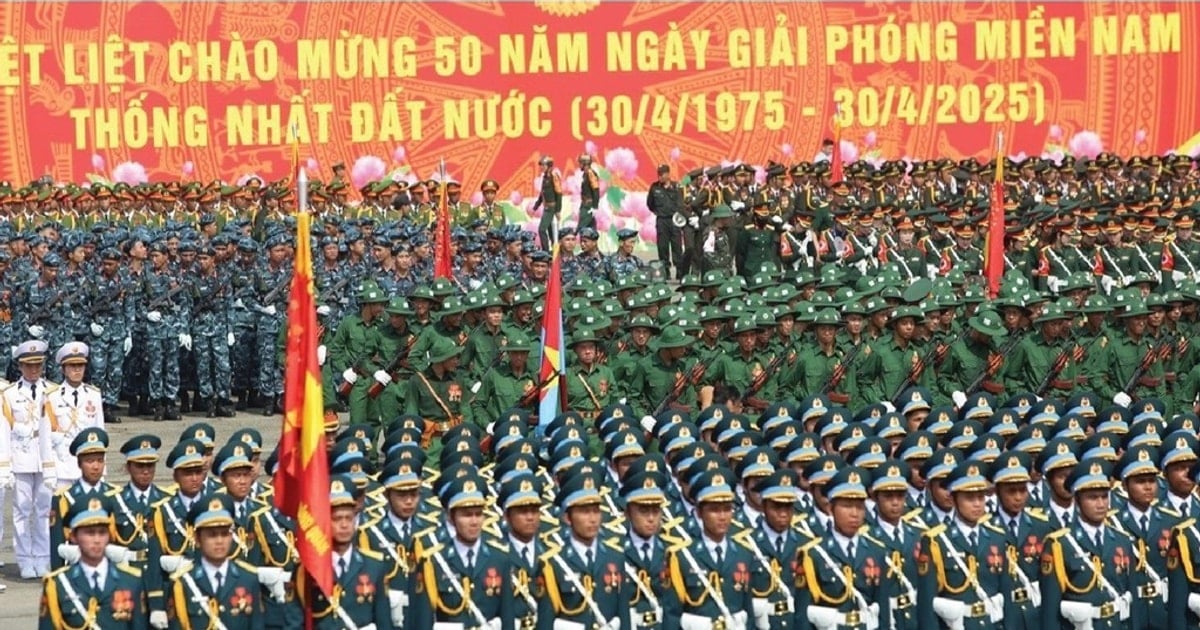
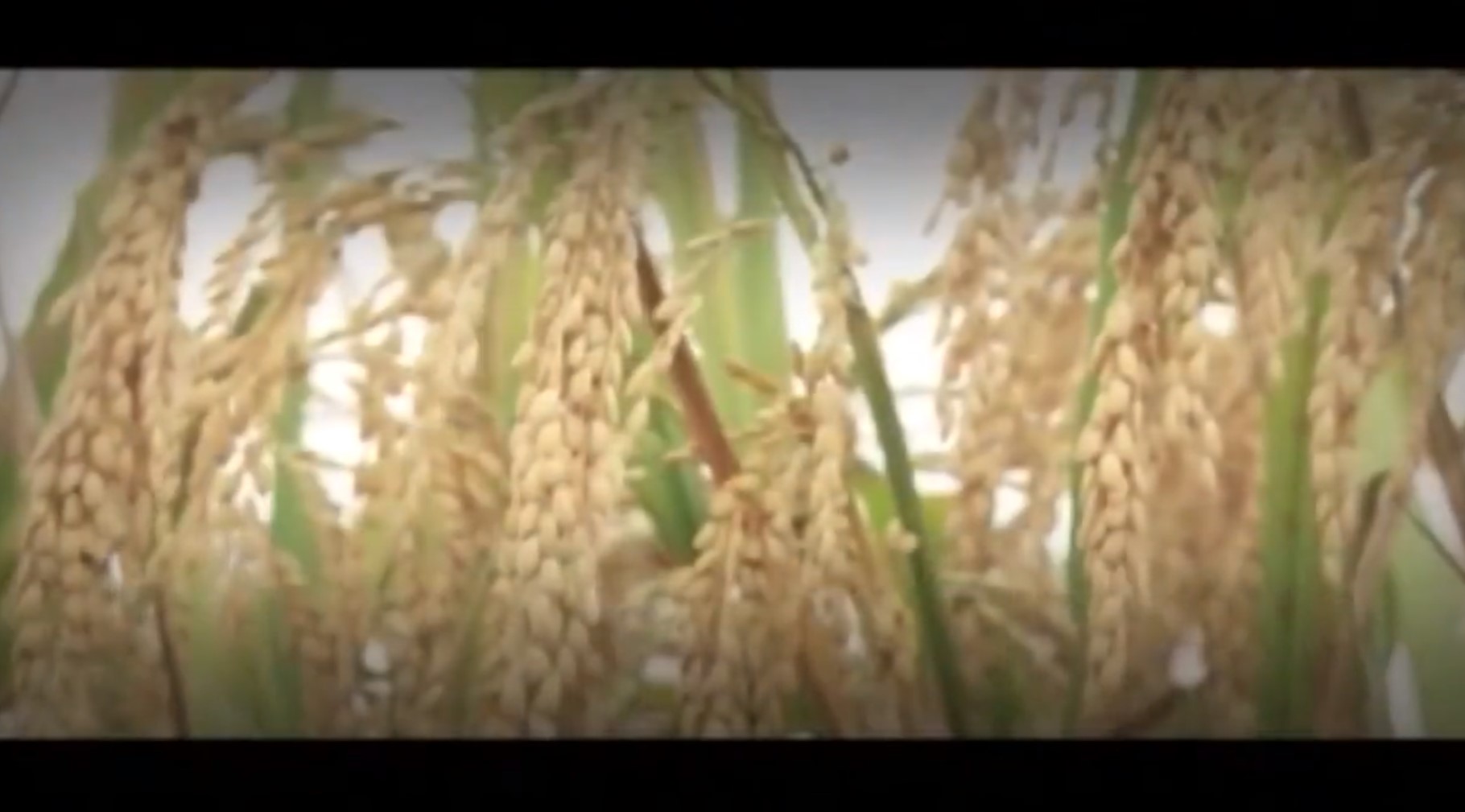
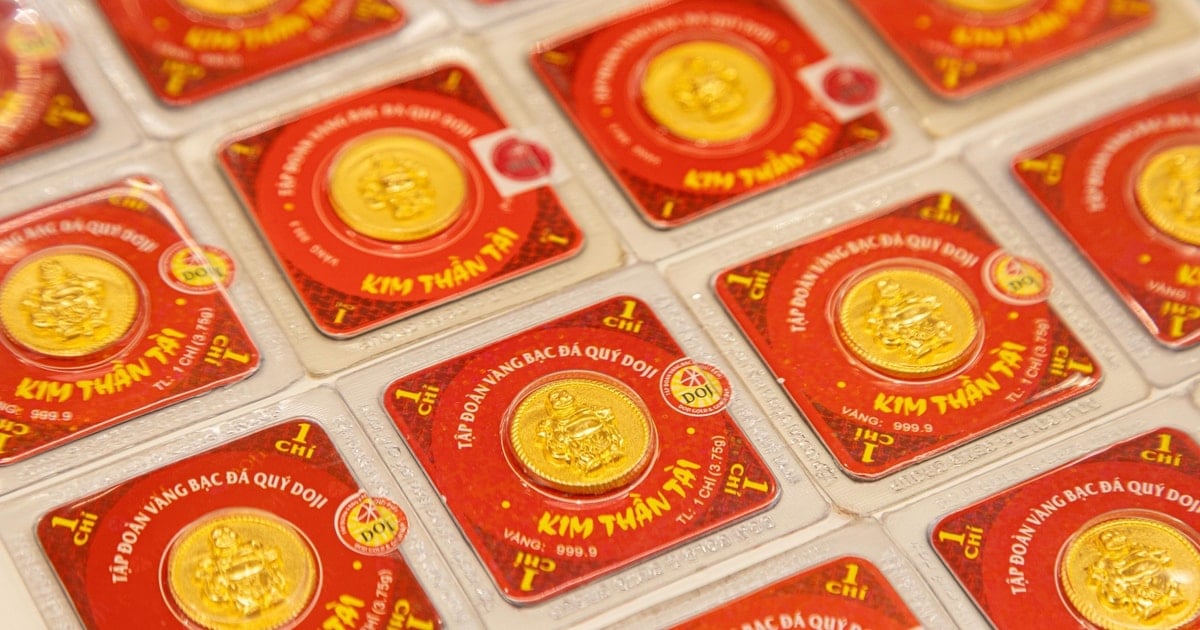

![[Photo] Ho Chi Minh City: Thousands of people watch the second parade rehearsal](https://vstatic.vietnam.vn/vietnam/resource/IMAGE/2025/4/23/7966ae78acf04aa8892bcab4ba7a621c)


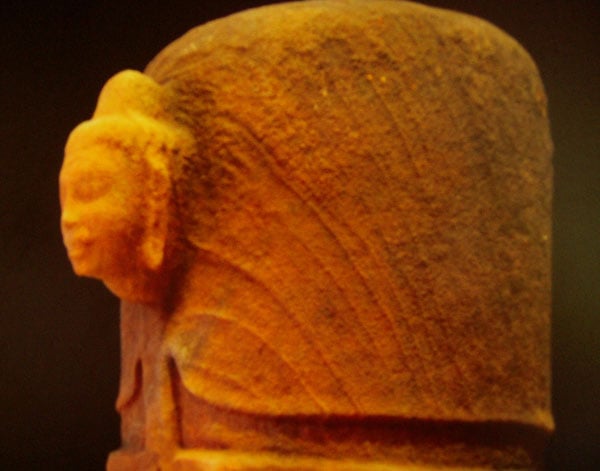

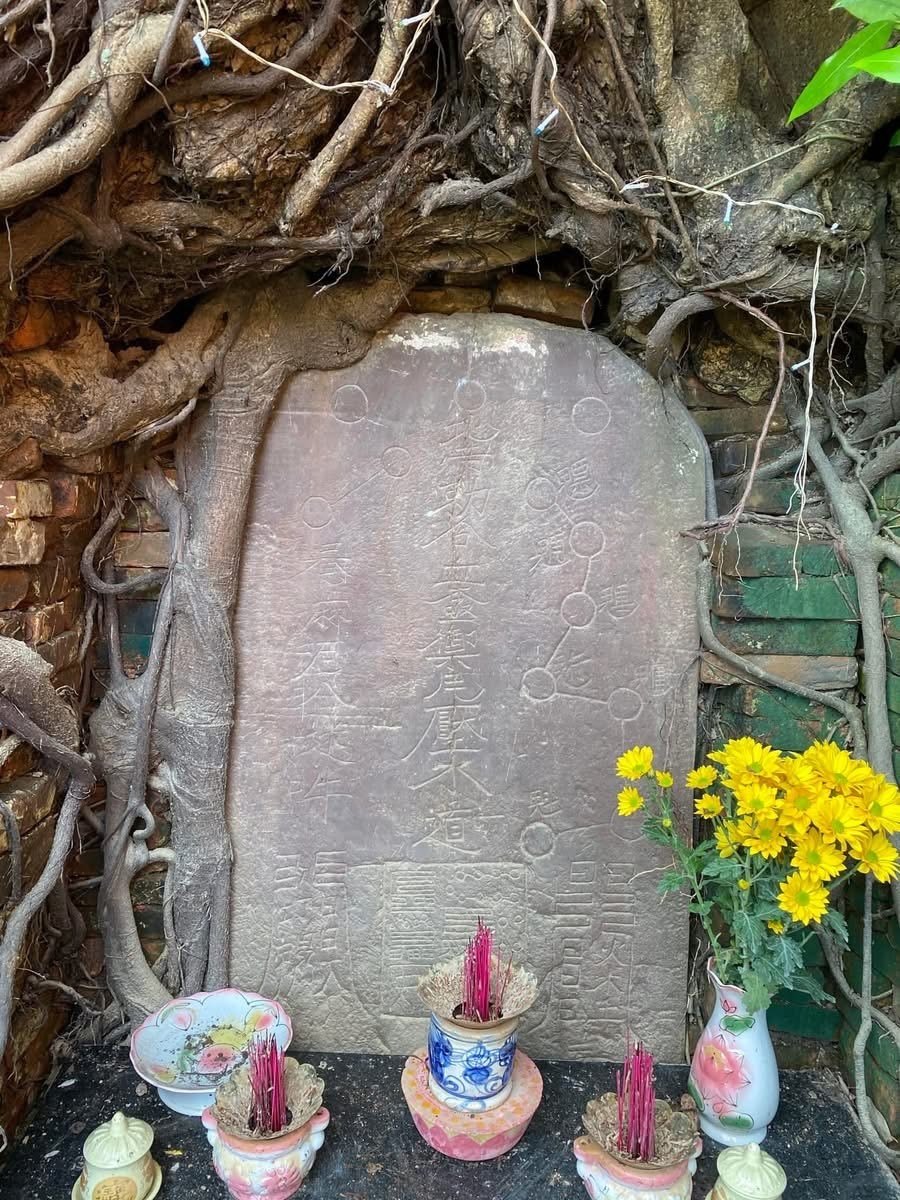

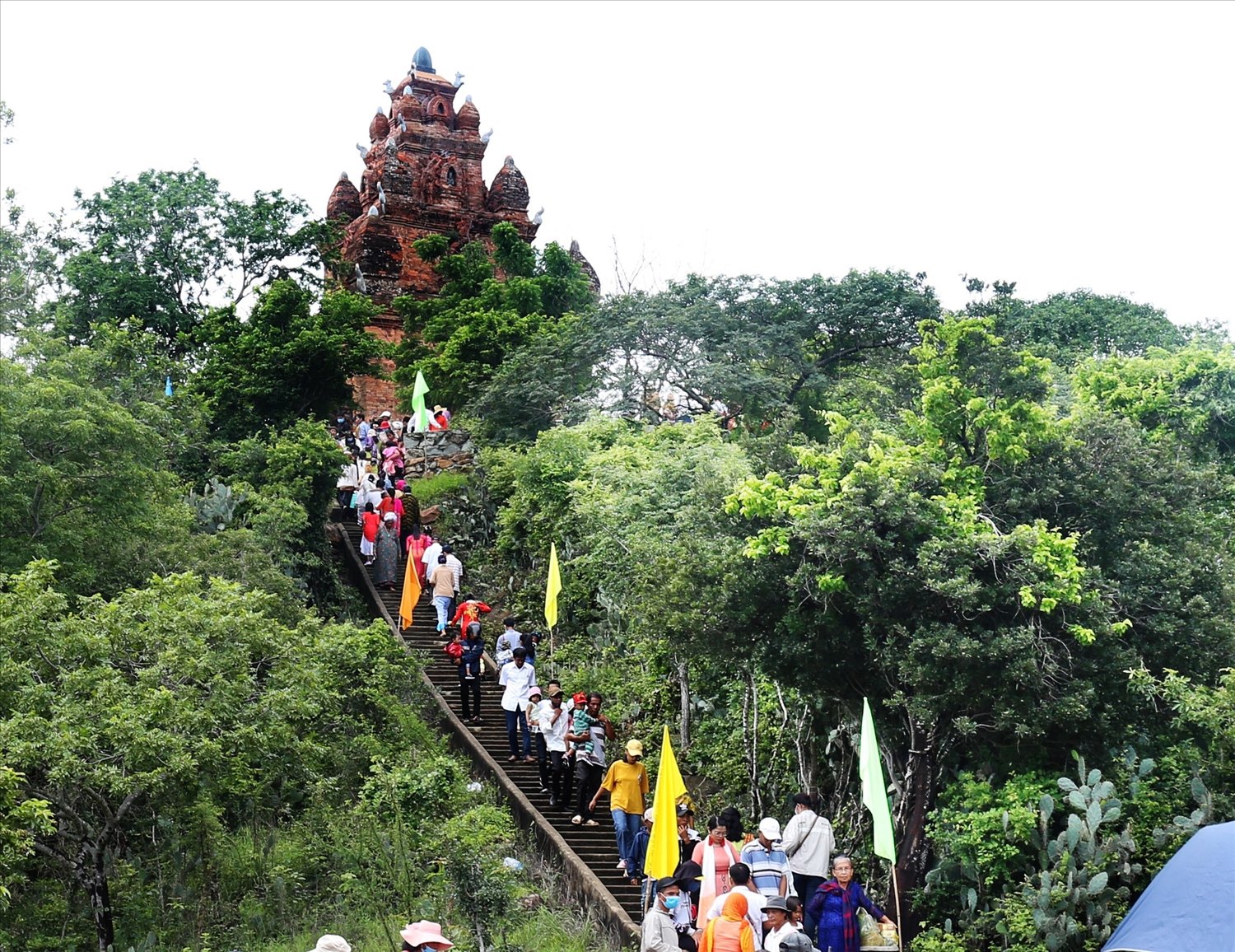






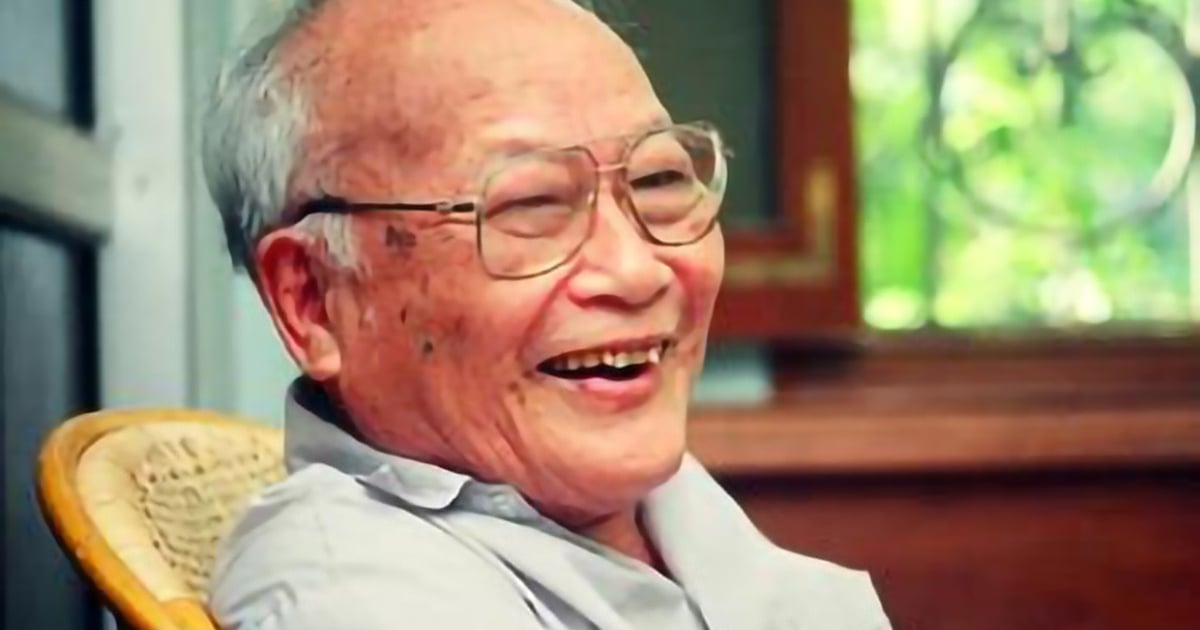
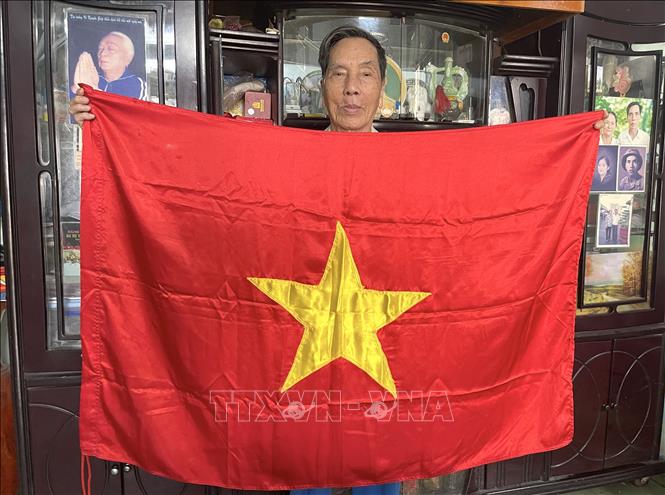


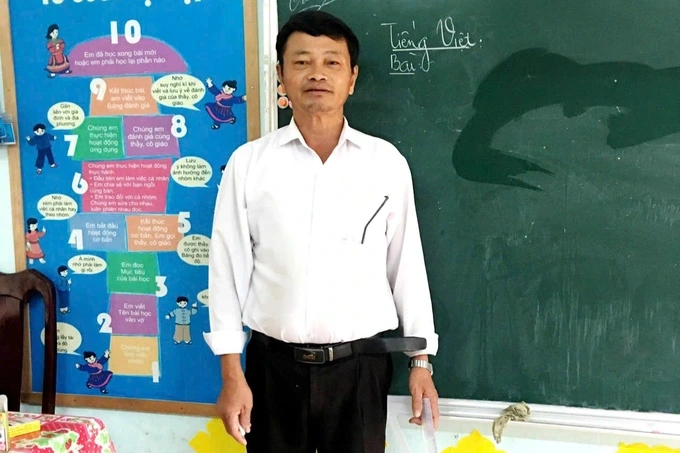


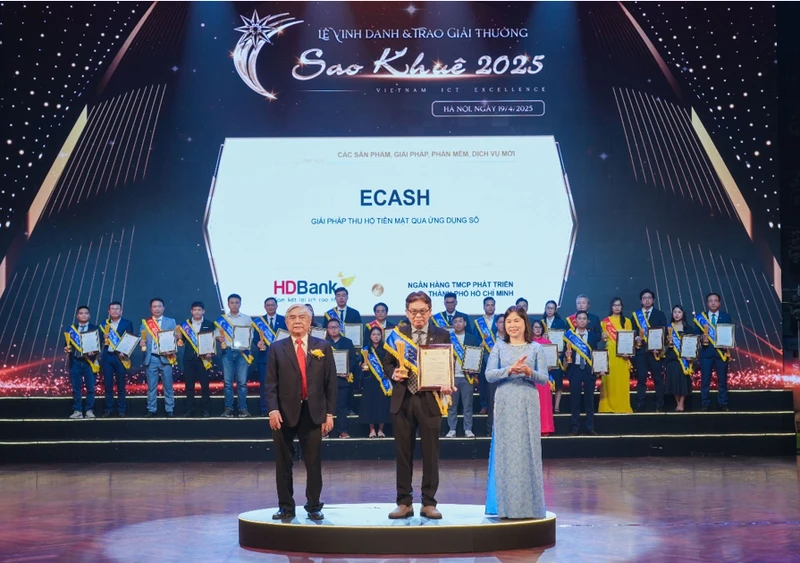
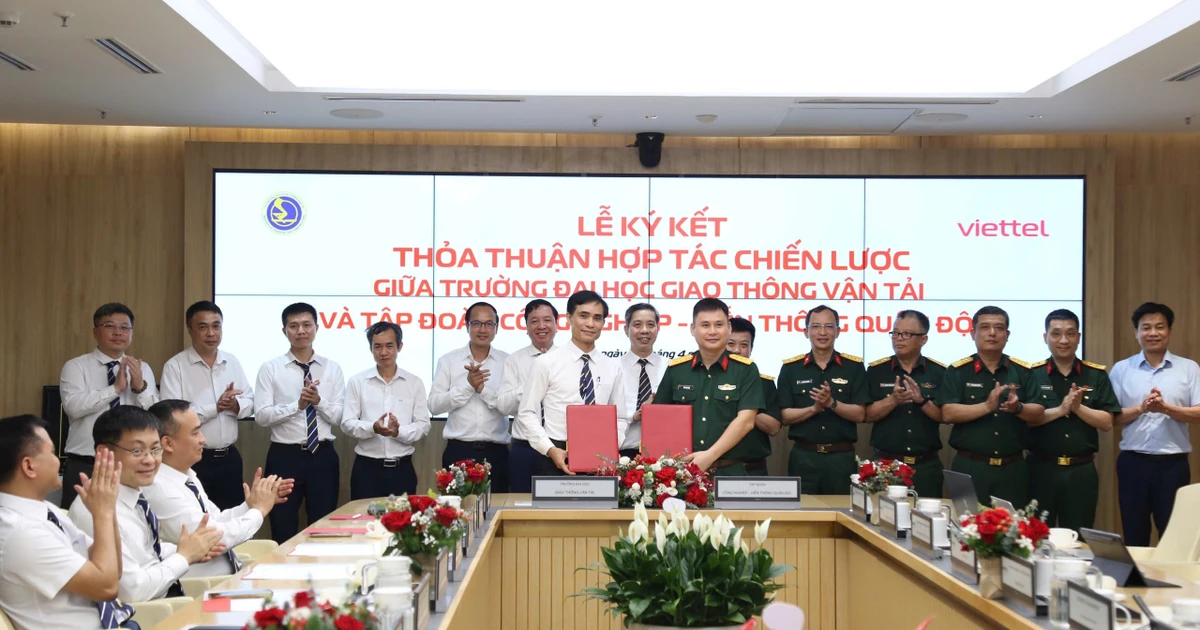








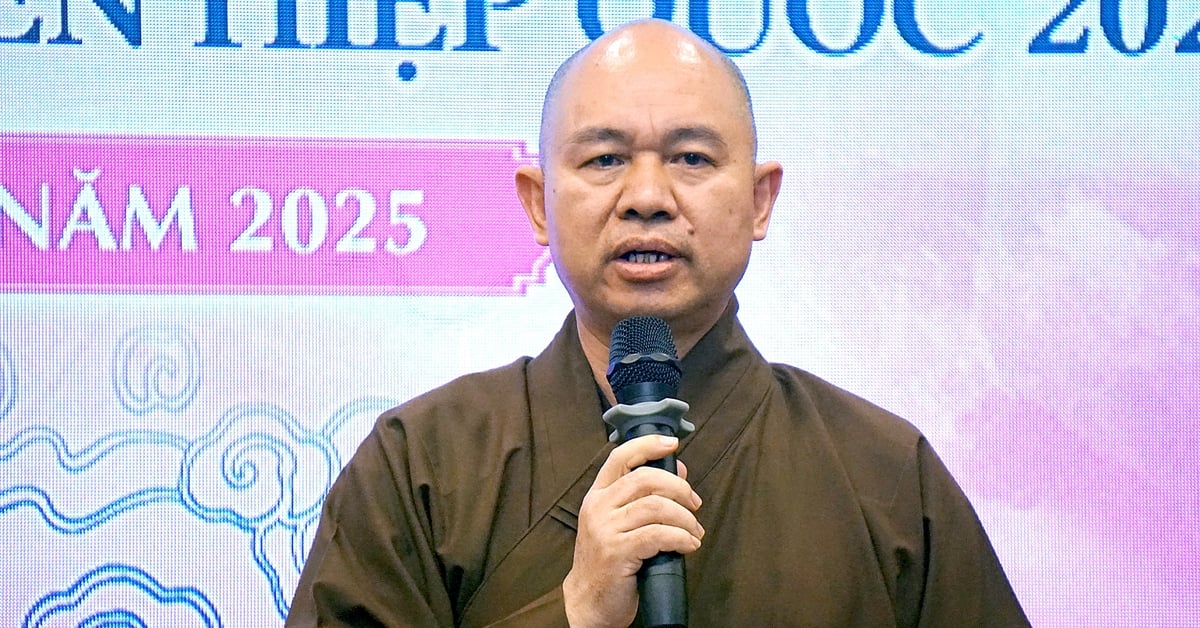


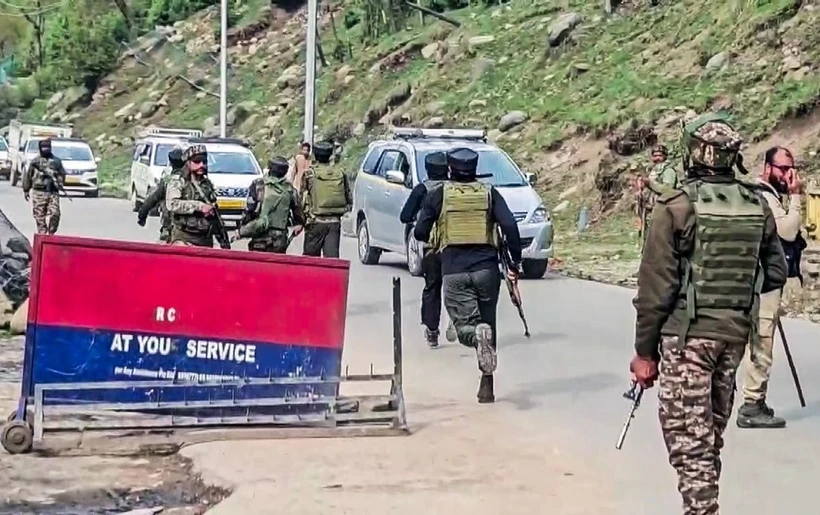

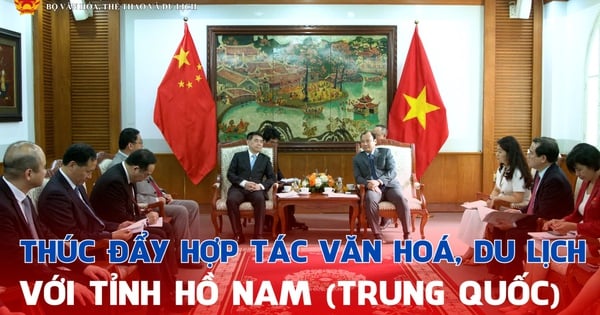




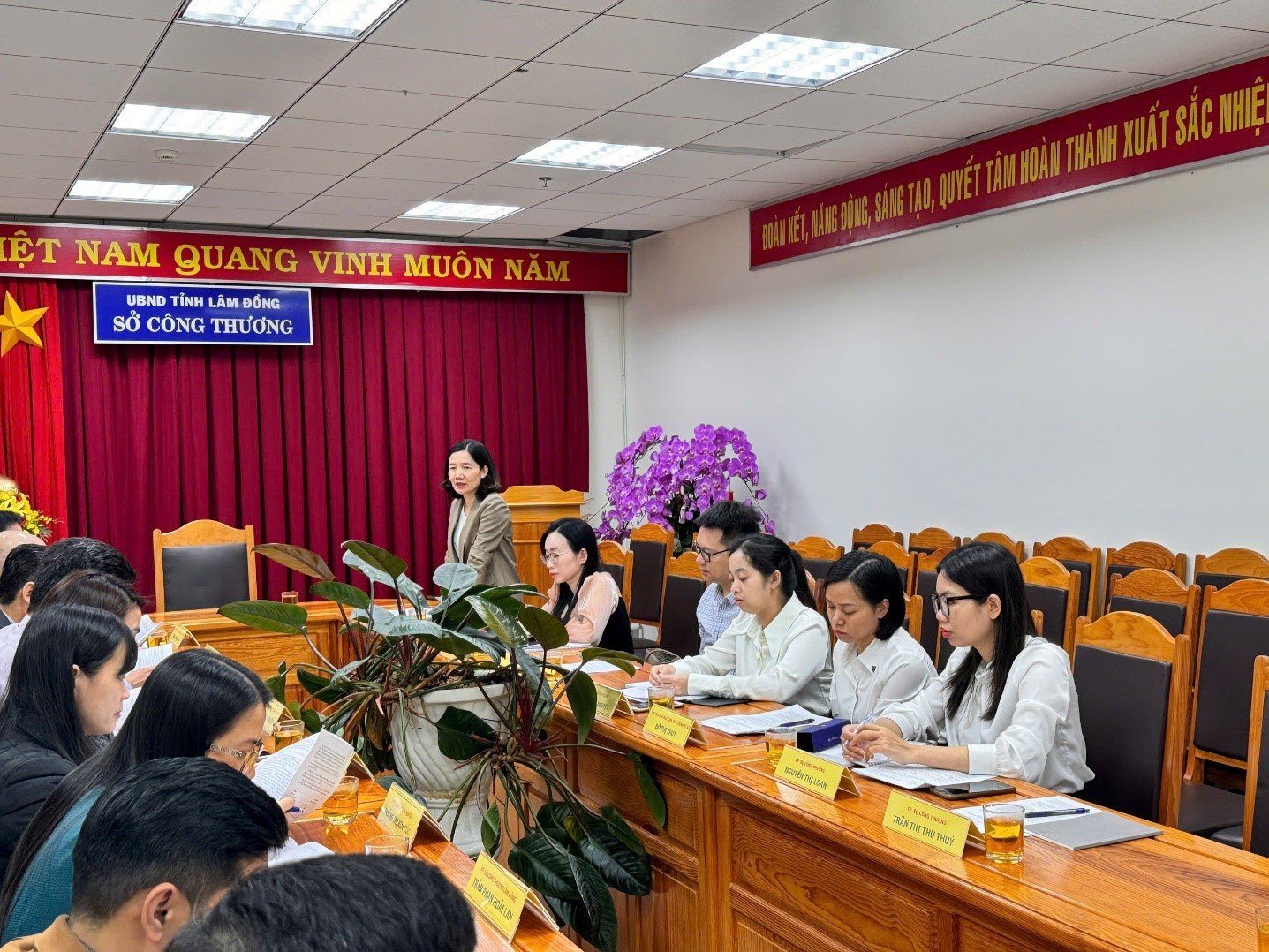

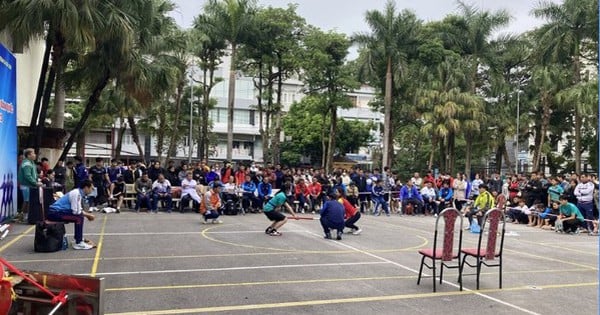

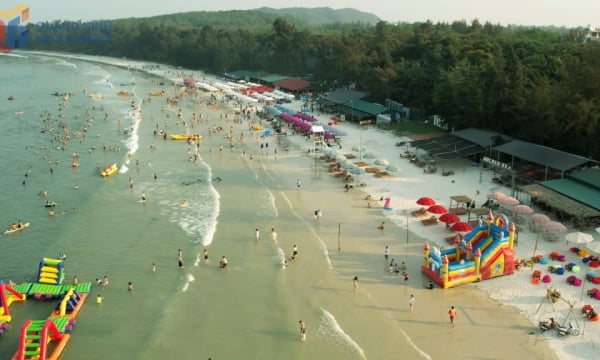

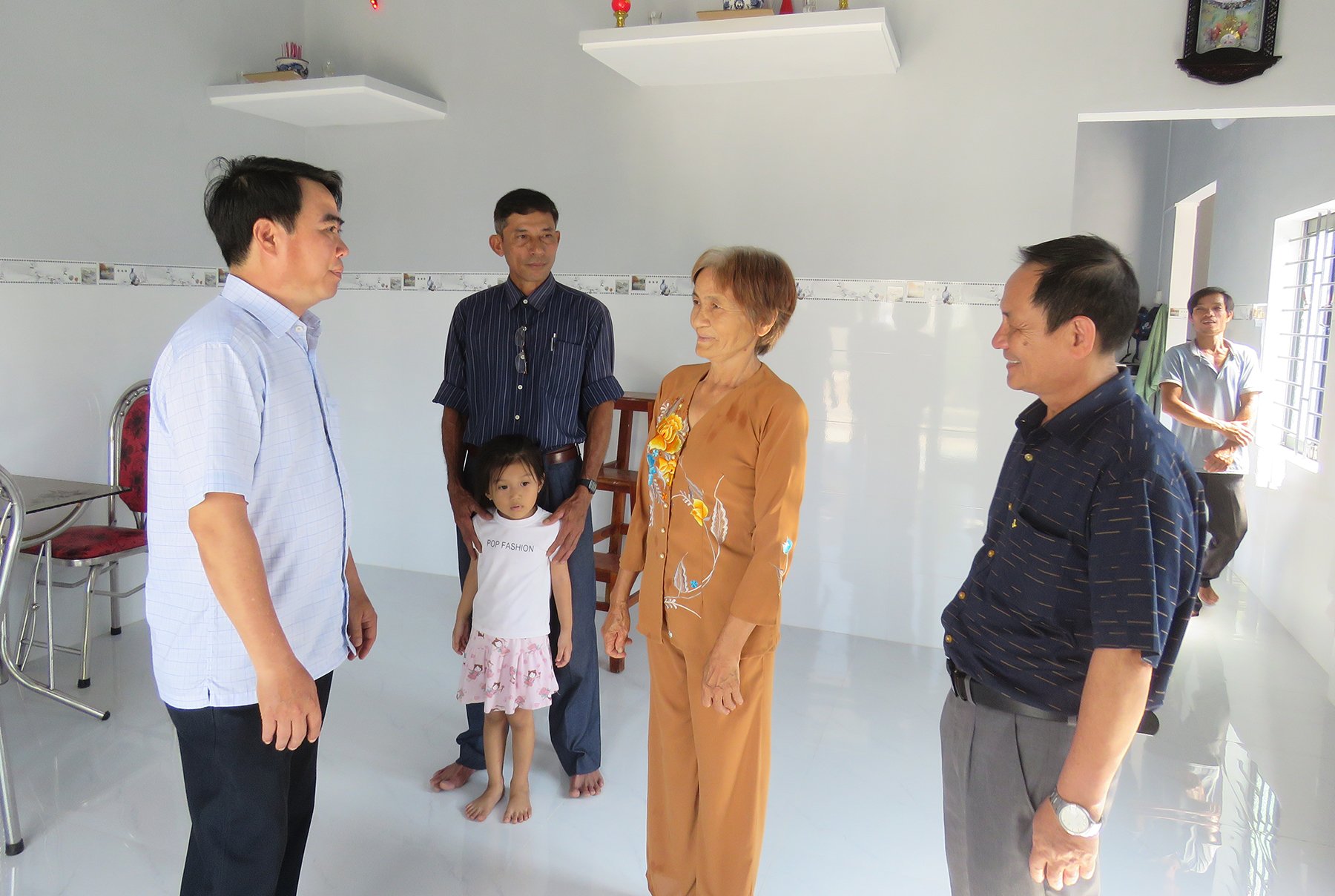



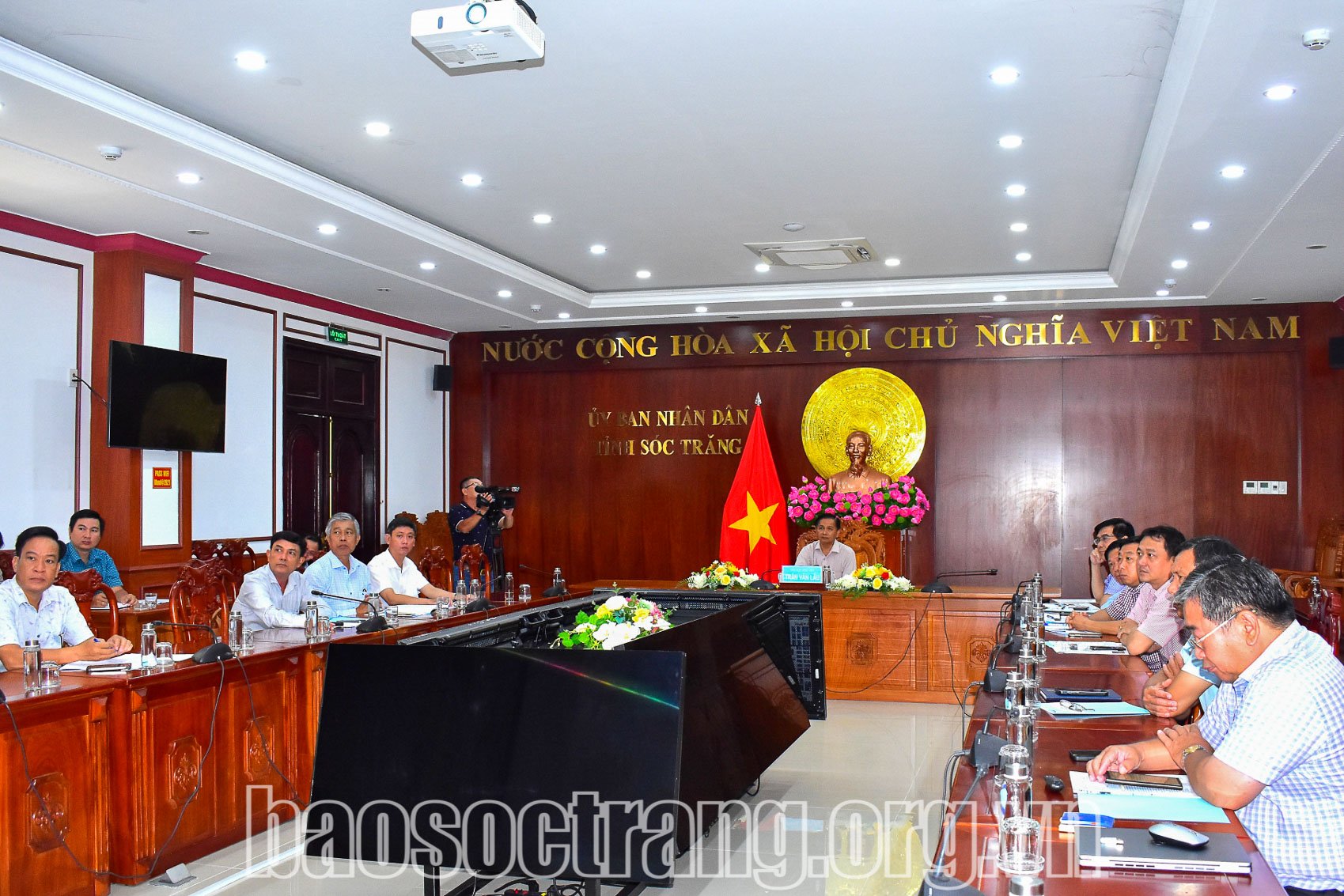

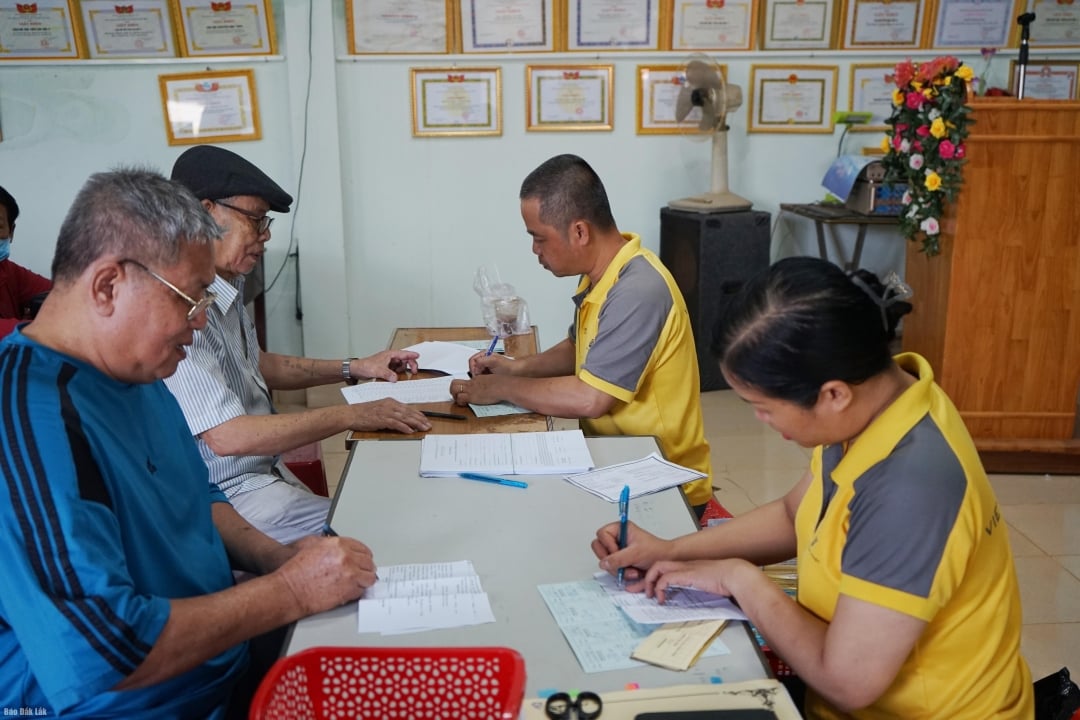



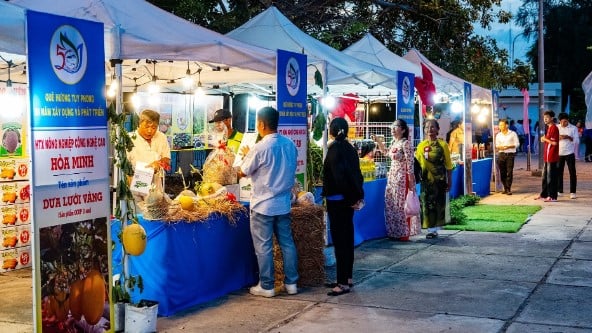





Comment (0)